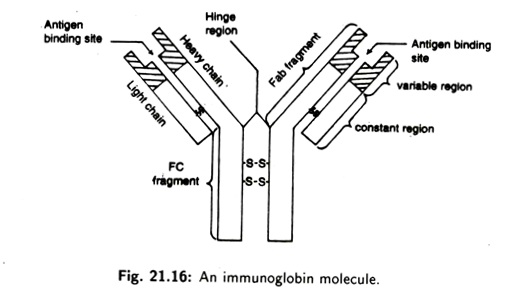ADVERTISEMENTS:
Speciation is the method of formation of new species. A species can be defined as one or more populations of interbreeding organisms that are reproductively isolated in nature from all other organisms. As natural selection adapts populations occupying different environments, they will diverge into races, subspecies, and finally separate species. When populations no longer interbreed, they are thought to be separate species.
Speciation is of two types:
Type # 1. Allopatric Speciation:
Allopatric speciation is the evolution of species in a population that occupy different geographical areas. Geographic isolation is often the first step in allopatric speciation. Other isolating mechanism may also operate that further restrict reproduction between populations. An example of allopatric speciation is the Darwin’s finches. The finches varied from each other mainly in shape and size of beak and colour of the feathers or plumage.
ADVERTISEMENTS:
According to Darwin, the species in the South American mainland were the original species from which different forms migrated to different islands of the Galapagos and became adapted to the environmental conditions of these islands. The adapted forms eventually became the new species (Fig. 34).
In the case of the finches, geographical isolation led to the development of reproductive isolation and thereby to the origin of new species.
Type # 2. Sympatric Speciation:
Speciation within a population that occupies the same geographic environment by either ecological isolation (differing habitats) or by chromosomal aberrations as seen in plants is known as sympatric speciation. Sympatric speciation happens when members of a population develop genetic differences that prevent them from reproducing with the parent type.
ADVERTISEMENTS:
Polyploidy in plants and hybridisation are two methods of introducing reproductive isolation. Polyploidy is the phenomenon when organism has more than two sets of chromosomes – 3n, 4n, 5n and so on. Polyploidy is a mechanism that can lead to the formation of new species very rapidly. Polyploidy does not occur in animals naturally.
This mechanism is best understood in plants, where failure to reduce chromosome number results in polyploid plants that reproduce successfully only with other polyploids. Reproduction with their parent population (the diploids) produces sterile offspring. For example, the wheat variety, Triticum aestivum is a hexaploid that has been developed by polyploidy.

